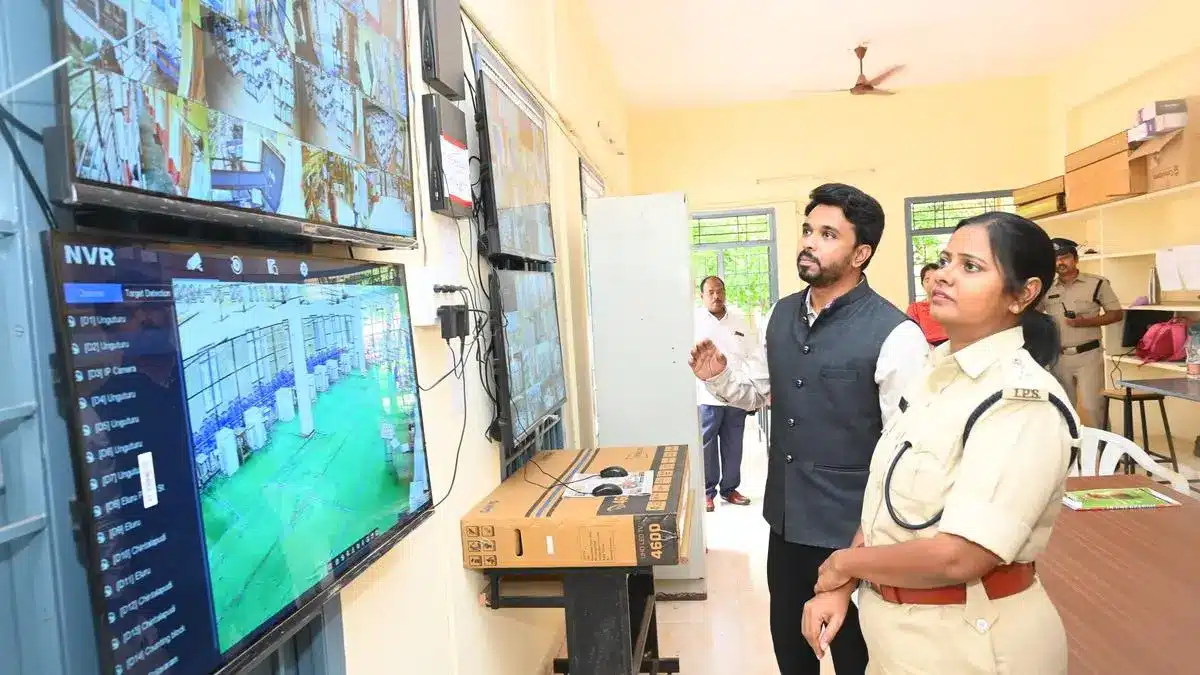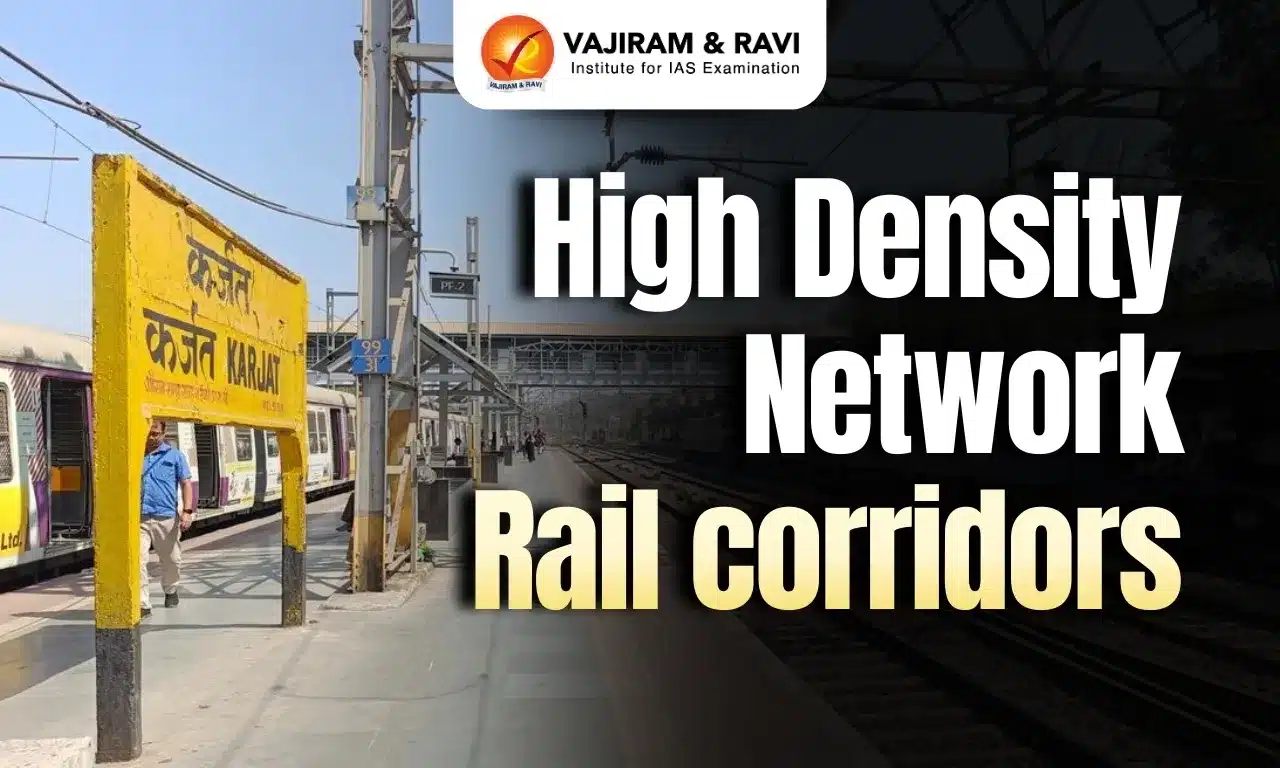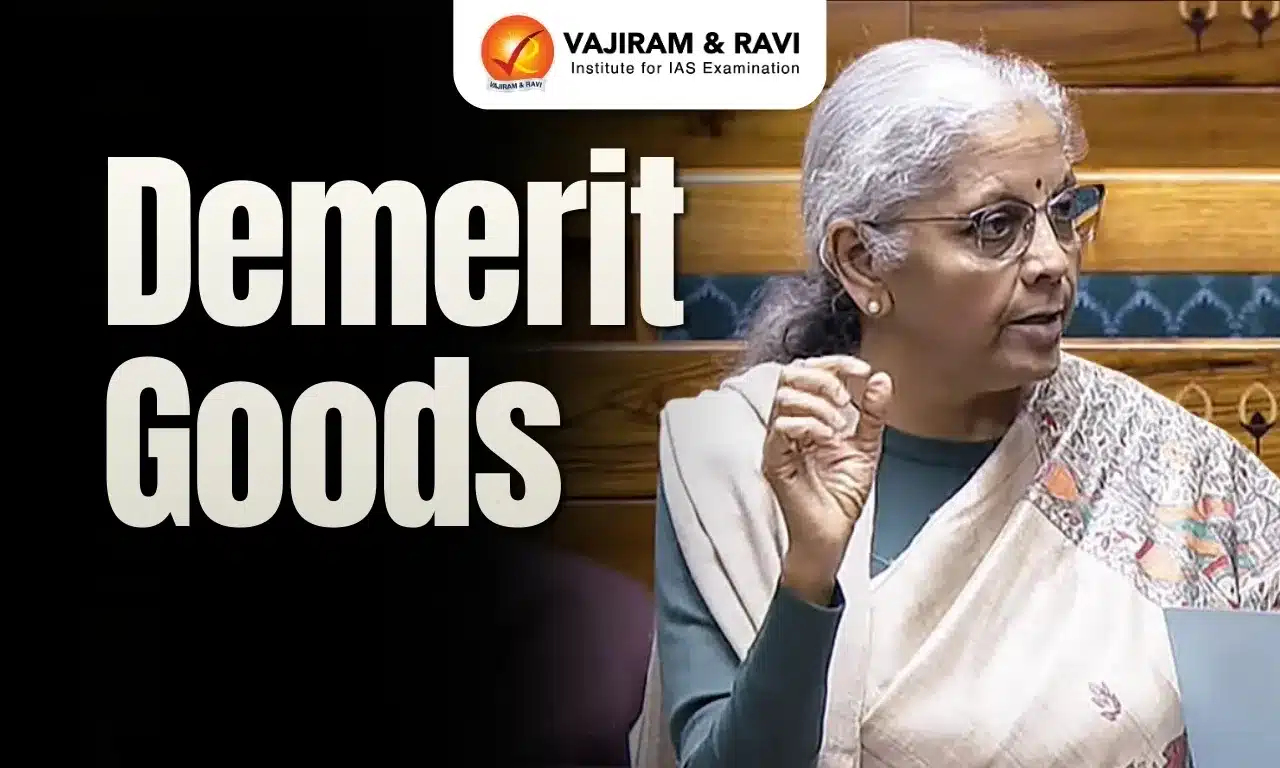What’s in today’s article?
- Overview
- Key Features of the Amendment
- Context & Rationale
- Criticism & Concerns
- Significance
- Legal Framework and Implications
- Conclusion
Overview
- The Central Government recently amended Rule 93 of the Conduct of Election Rules, 1961 to restrict public access to certain election-related documents.
- This amendment, initiated by the Ministry of Law and Justice upon the Election Commission of India’s (ECI) recommendation, aims to safeguard voter privacy and prevent misuse of sensitive electronic records.
- However, the decision has drawn criticism for allegedly reducing transparency in the electoral process.
Key Features of the Amendment
- Rule Modification:
- Previous Rule 93: Allowed public access to all “papers” related to elections.
- Amended Rule 93: Limits access to only those documents explicitly mentioned in the rules, excluding electronic records like CCTV footage, webcasting clips, and video recordings.
- Scope of Exclusion:
- Nomination forms, results, and election account statements remain accessible.
- Electronic materials, such as polling station CCTV footage, are excluded to prevent misuse.
Context & Rationale
- Legal Trigger:
- The amendment followed a Punjab and Haryana High Court directive to provide full election-related documents, including electronic records, during a legal case.
- Concerns Over Misuse:
- ECI officials highlighted risks associated with sharing electronic footage, such as breaches of voter privacy and the possibility of manipulation using Artificial Intelligence (AI).
- Sensitive regions like Jammu and Kashmir and Naxal-affected areas could face voter intimidation or threats.
- Safeguards for Candidates:
- Candidates still retain access to essential election records, including CCTV footage, to ensure fair contestation. However, non-candidates must seek court permission for such access.
Criticism & Concerns
- Transparency Issues:
- Critics argue the amendment curtails public oversight, especially over vital documents like observer reports and voter turnout data.
- RTI activists, including Venkatesh Nayak, highlighted the importance of access to Presiding Officer diaries and other records to ensure election fairness.
- Political Allegations:
- Opposition leaders accused the government of diminishing electoral integrity. Congress leader Jairam Ramesh described the amendment as a step back for democracy and called for legal challenges to restore transparency.
Significance
- Enhanced Security:
- Aimed at preserving voter anonymity and ensuring safety, particularly in sensitive regions.
- Transparency Trade-offs:
- While the amendment seeks to balance security with public access, critics view it as a regression in fostering trust in electoral systems.
Legal Framework and Implications
- Conduct of Election Rules, 1961:
- Govern election-related processes and transparency measures.
- The amendment introduces clarity on what constitutes accessible election documents.
- Impact on Cooperative Federalism:
- Raises questions about the role of transparency in maintaining the credibility of elections at both central and state levels.
- Potential Legal Challenges:
- Critics and opposition parties plan to contest the amendment in court, emphasizing the need for transparency as foundational to democracy.
Way Forward
- The amendment underscores the government’s attempt to modernize election security while addressing transparency challenges.
- However, a robust mechanism balancing both aspects, possibly through outcome-based transparency measures, may be crucial in restoring public confidence in the electoral process.
Q1. What is Proportional Representation?
Proportional Representation a system that gives each political party in an election a number of representatives in parliament in direct relation to the number of votes its candidates receive
Q2. What is the First-Past-the-Post System?
The first-past-the-post (FPTP) system is also known as the simple majority system. In this voting method, the candidate with the highest number of votes in a constituency is declared the winner.
Source: Centre amends rule to restrict access to poll documents
Last updated on November, 2025
→ Check out the latest UPSC Syllabus 2026 here.
→ Join Vajiram & Ravi’s Interview Guidance Programme for expert help to crack your final UPSC stage.
→ UPSC Mains Result 2025 is now out.
→ UPSC Notification 2026 is scheduled to be released on January 14, 2026.
→ UPSC Calendar 2026 is released on 15th May, 2025.
→ The UPSC Vacancy 2025 were released 1129, out of which 979 were for UPSC CSE and remaining 150 are for UPSC IFoS.
→ UPSC Prelims 2026 will be conducted on 24th May, 2026 & UPSC Mains 2026 will be conducted on 21st August 2026.
→ The UPSC Selection Process is of 3 stages-Prelims, Mains and Interview.
→ UPSC Result 2024 is released with latest UPSC Marksheet 2024. Check Now!
→ UPSC Prelims Result 2025 is out now for the CSE held on 25 May 2025.
→ UPSC Toppers List 2024 is released now. Shakti Dubey is UPSC AIR 1 2024 Topper.
→ UPSC Prelims Question Paper 2025 and Unofficial Prelims Answer Key 2025 are available now.
→ UPSC Mains Question Paper 2025 is out for Essay, GS 1, 2, 3 & GS 4.
→ UPSC Mains Indian Language Question Paper 2025 is now out.
→ UPSC Mains Optional Question Paper 2025 is now out.
→ Also check Best IAS Coaching in Delhi

















